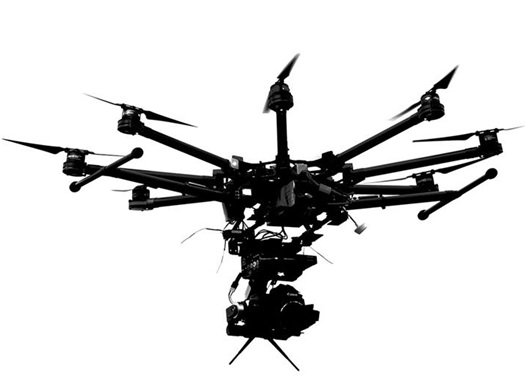We see CGI everywhere, but it goes largely unnoticed. In movies, for example, seamless special effects make the impossible possible, and digital “synthespians” are taking major roles in the latest blockbusters. CGI is at the core of many TV ads, bringing products to our screens in new and innovative ways. In the world of architectural and interior design, it is no different.
Endless Possibilities
With the advent of photorealism, CGI has opened up a whole new world of marketing possibilities. The line between digital and reality has been breached to the point where photorealistic representations of a manufacturer’s product can be displayed to maximum effect through an infinite choice of environments.
This flexibility of CGI means that products can be showcased in homes that haven’t been built yet. Realistic architectural visualisations can help win planning approvals. Kitchen, bathroom and furniture manufacturing industries have realised that CGI has reached a point where it is a viable and successful alternative to traditional photography. As a result, digital imagery companies are becoming more closely associated with all of these industries along with print, advertising and marketing agencies as they work to bring their buildings and products to life.
Red and Gray, a company that produces 3D digital images in the UK, recognises that the digital context in which the product is shown is as important as the product itself. The reality is in the detail; how a stream of water runs from a particular shape of tap or how the 3D geometry of a wall is deformed to give an impression of uneven brickwork, and adding landscaping for outdoor views, ensuring that the illusion of realism is never lost. Once we’ve reached this level of perfection, however, where will CGI technology take us next?
A Virtual World
In an interview with architecture and design magazine Dezeen, 3D artist and designer Olivier Demangel predicts the next step will be through using Virtual Reality technology, providing clients and consumers with a truly immersive and interactive experience. “We could expect an empty room with positional tracking dedicated to VR in every architecture practice, for testing new designs,” he said.
Until then, however, we can expect the fine line to almost disappear as digital imagery companies strive to produce images that are so real, you have to look twice.